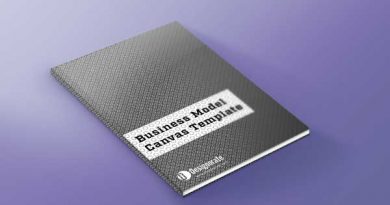Why Some Companies Reject Design Thinking and How to Handle it
As designers, the design thinking is part of our daily habits even if we don’t have any background about its different stages. We research for information about the project before jumping into the design process. We tend to sketch or prototype to visualize our ideas. For us, the design thinking process fills the gaps with a systematic flow of steps and set of tools such as the brainstorming and evaluation tools. These steps can help us to build our ideas based on a coherent research for the problems and iterative prototypes that we can improve before reaching the final product or service.
For many companies, they look at the situation from a different perspective– a pure business-wise point of view. However, building a human-centered product or service requires achieving three main goals; human values (usability and desirability), business viability, and technology feasibility. This can be achieved through applying the main design thinking phases, research, ideate, and implement.
In real life, there are different barriers that stand in front of applying the design thinking model inside a company. Ask your manager to apply it and many you will find different answers; there no time in the project, we are not familiar with it, or we are just fine. As a result, your idea or suggestion to adopt the design thinking inside your company comes to an end. So, what are the barriers that may face applying the design thinking inside a company and how to handle it? I spotted four reasons that commonly stand against this model and tended to explore the different answers and solutions that we can prepare before going into a conversation with the company to convince it to adopt this model. You can also share your experience if you faced other reasons and how did you handle it.
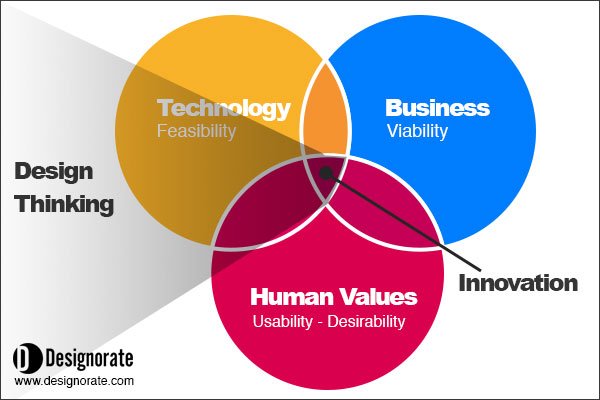
Related articles:
- Critical Thinking as a Catalyst of Change in Design
- Creative Problem Solving: How to Turn Challenges into Opportunities
- Design Thinking Guide: WHAT, WHY AND HOW
- Ideation in Design Thinking: TOOLS AND METHODS
- How to Successfully Apply the Inspiration in Design Thinking
Tight Deadlines
One of the major barriers that face applying the design thinking is the limited project timelines. Ask your managers to start applying the design thinking process, and they will tell you this excuse; “we have no time.” Actually, the application for the design thinking should not be applied without considering the cost of the project and its deliveries. While companies like IKEA, Apple, and Starbucks are having a design culture inside the organization, how can we adopt it in other companies? (Check Design Thinking Case Study: Innovation at Apple)
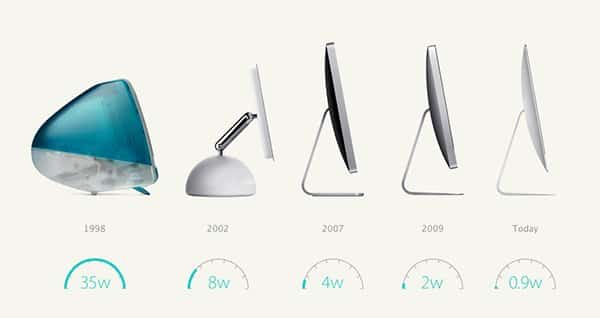
Initially, the application of the design thinking process is much easier and more efficient in early project stages compared with an already running one. In terms of the deadlines, the design thinking process is a very flexible process. There are design process models that can fit into tight timeframes such as the Design Sprint, which was introduced by Google. This model merges between the design thinking and agile methodologies in order to build a human-centered design in a limited time. The original design sprint process takes around 5 days starting with pitching the design idea and ending with the final approved design layout. (check Practice Guide to Run a Google Design Sprint)
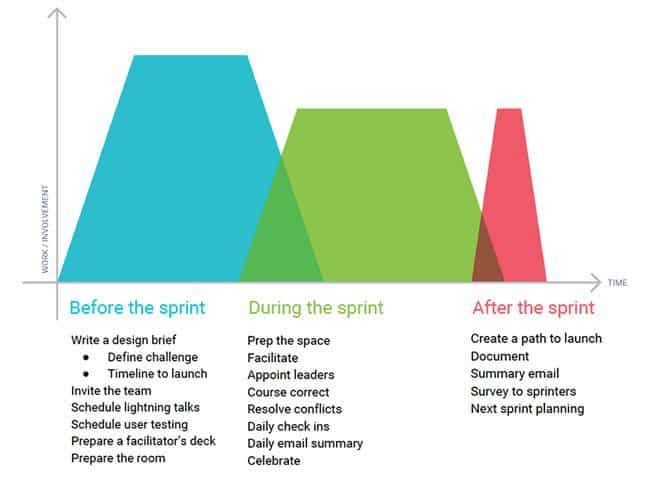
Consumer Culture
When I was talking to one of my fellow designers, why don’t he share with the client the prototypes of the work progress and share only the final design work although this could come over the cost and time of the project? The answer was very simple; the client doesn’t have the design culture that promotes him to understand the workflow of the design process. Educating the client about the design literacy takes, even more, effort than redesigning a logo or modifying a layout.
The deign thinking models teach us that the client should be involved in the design process in order to build a successful design that solves a problem or achieve the intended target. However, this involvement can only succeed with the assumption that the client understands the design process and the intention of each stage. If the client doesn’t understand this process, then problems appear on the surface. For example, the client may perceive the draft as if it were the final design and reject it on this base. In contrast to the knowledgeable client, this type of client needs a different approach to avoid miscommunication during the design process.
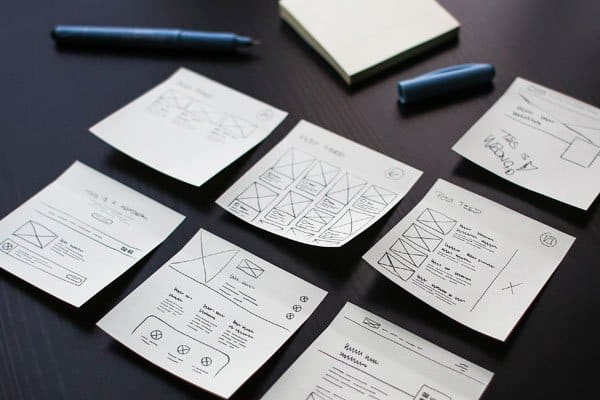
In order to handle this situation, designers may limit the involvement of the client in the process, for example, they can recap to the client the research results in a form of a creative brief instead of details of the research methods used and the collected data. Another example of overcoming this problem is to send the client a semi-completed prototype instead of rough drafts. the semi-completed prototype is very similar to the final design that is not fully functional.
Lack of Experience
One of the main barriers to applying a successful design process is the team themselves including the designers. The design project required fully collaboration and harmony between the team member in order to enable a seamless communication between the team members. In some situations, the project managers try to influence the idea results instead of running a brainstorming session that may fuel the project with more innovative ideas (check What Kills Design Thinking). On the other hand, some designers take too much time in the research and brainstorming to consume the project timeline. Although the team needs to research each problem and brainstorm each idea, it is important to consider the overall project timeline and limit the meetings and discussions to avoid unnecessary time-losing activities.
If the company didn’t apply the design thinking before, the team may apply the process outside the critical projects such as the time between projects, internal project, or trail projects. This will help the team to gain the experience related to running a design thinking project and team collaboration over the course of the different process stages.
Resistance to Change
There is an increasing number of companies that target building a design-driven culture inside the organization. Mckinsey & Company is one of the large organizations that published a report about the benefits of embedding an experience design culture inside the company (Building a design-driven culture). However, many other companies are still afraid of the change their current organizational structure. This may come on the cost of the stability and low-risk projects, yet the value behind building this culture may improve the company position in the market which reflects on its profitability and competitiveness. The design culture needs to be applied in sequence in order to avoid the system resistance. In his book, The Fifth Discipline: The Art & Practice of the Learning Organization, Peter Sense senior lecturer at MIT, described the Fifth Discipline theory which is related to the System Thinking theory. In his theory, the hard changes applied to the company may lead to resistance from the organization itself. Accordingly, changes similar to moving to a design culture need to take into consideration the nature of the organization, the projects, and employees. (check What Does the Systems Thinking Teach us About the Problems of Problem-Solving Practice)
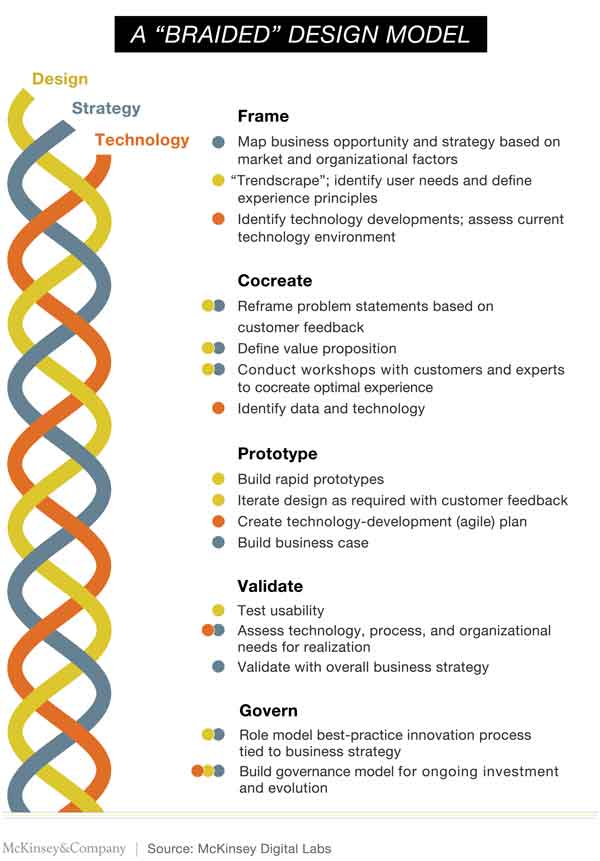
In many cases, designers are more willing to apply the design thinking process as they understand its viability. This well is faced by the company narrow vision about the business as they may neglect the design value and its contribution to the business success. Usually, this rejection to apply the design thinking model is based on a number of reasons such as the above mentioned four situations. Therefore, it is crucial to understand the company’s reasons that try to be prepared for it with the proper solution that ensures achieving the target of the process and avoid any drawbacks and disruption for the organization.





